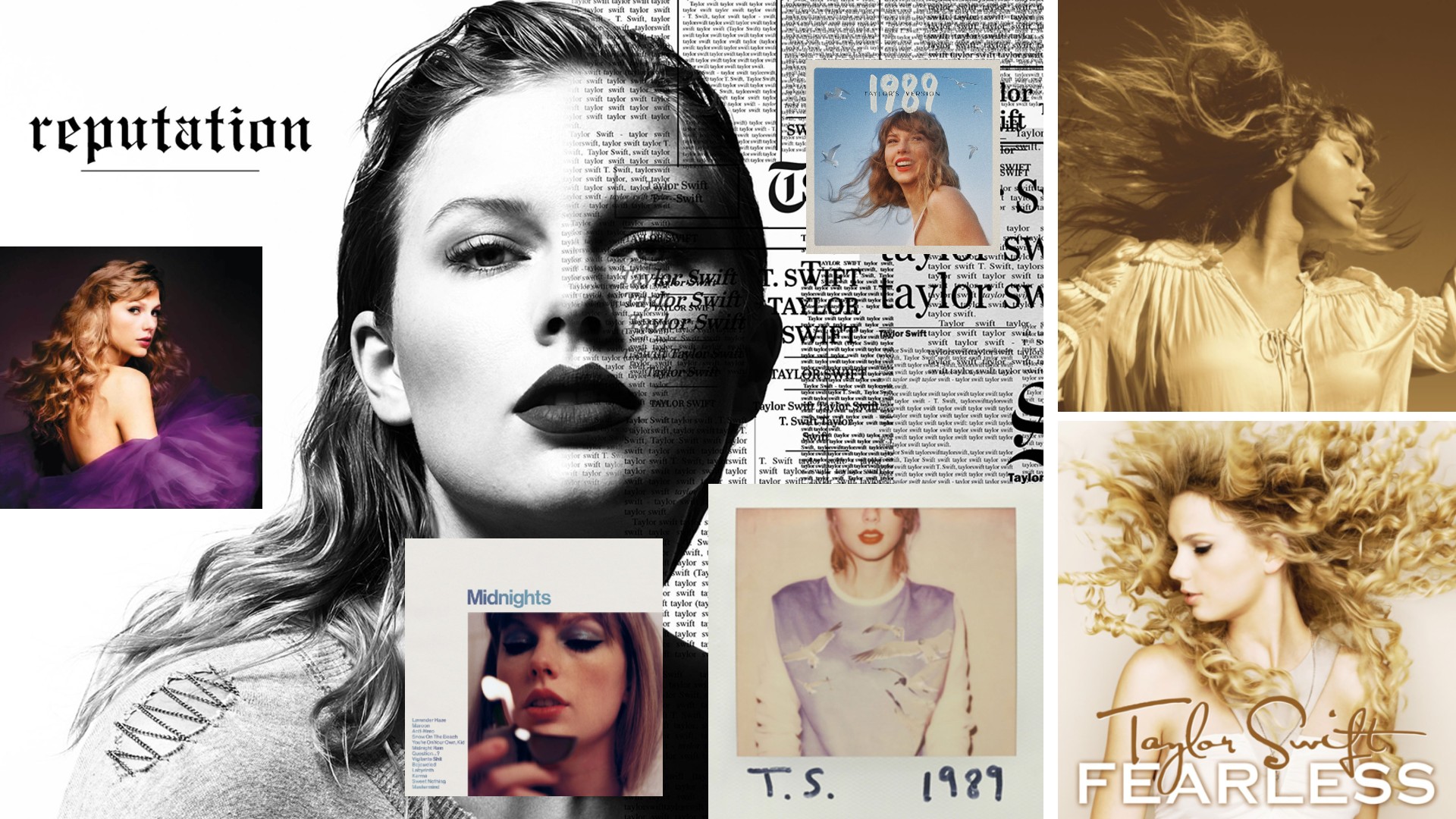
With Halloween just around the corner, we asked Sam Rowan, a specialist in creating creature concepts with a list of credits that include Teenage Mutant Ninja Turtles and X-Men: Days of Future Past to share his top tips for how to draw realistic creatures.
01. Study real life animal anatomy
Visit zoos and look at your pets. Think about how they move and what features enable that beyond their flesh.
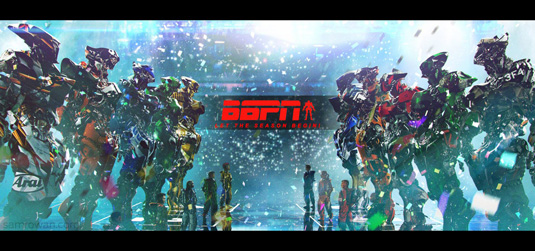
02. Read books
Pick up fiction, non fiction and academic compilations. Pictorial encyclopaedias in particular will help broaden your knowledge and ideas.
03. Mood boards
Pinterest and PureRef are invaluable tools for research/mood boarding. These can help you generate ideas and organise your thoughts visually.
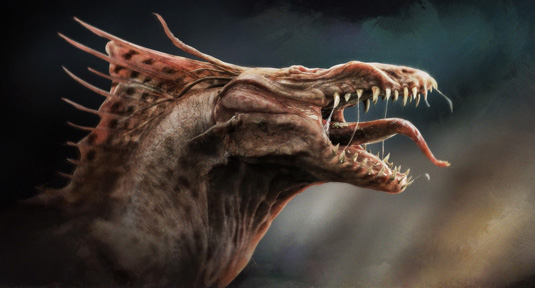
04. Work to a brief
Create a fictional brief – this will push you to be more creative and prepare you for doing the job.
05. Consider audience
Being aware of who your audience is will direct many of your choices when designing. This includes what age the story is pitched towards – certain attributes wouldn’t sit well in children's film, but could work for a scary R-rated movie.
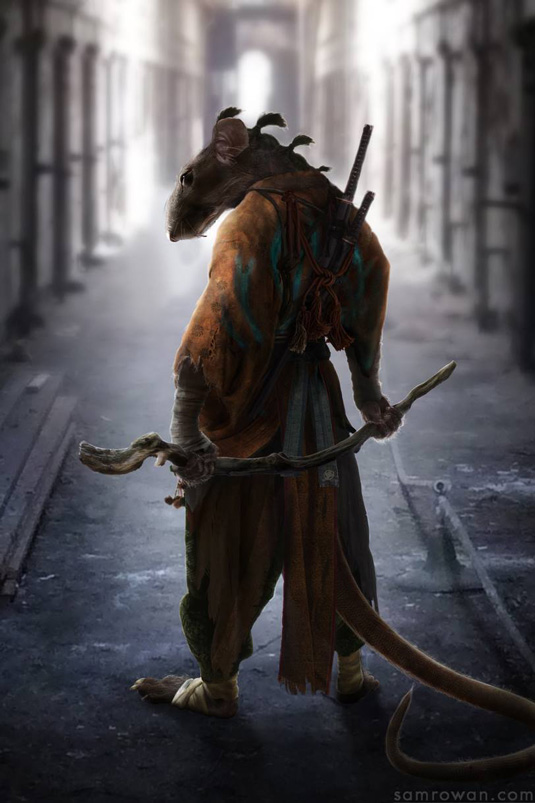
06. The 'Read'
Ask others to tell you what they see on viewing your design, and consider whether this fulfills the brief. The more points of view you can gain, the better as you are not just designing for yourself!
07. Limit visual statements
Too many and the eye will not know where to look. Focus on certain aspects of a creature – don't over complicate the skin textures when the main focus of the beast is their piercing eyes or razor sharp claws.
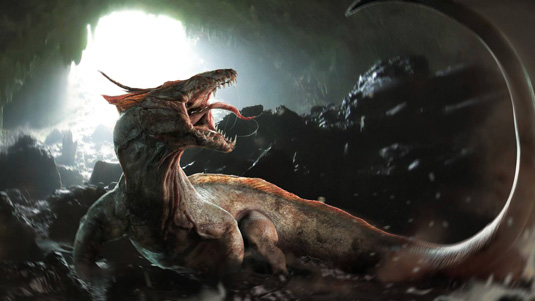
08. Light and shadow
Leaving parts to the imagination can be a good thing in early stages of design – particularly with creatures and horror-based concepts, what's more frightening than your own imagination?
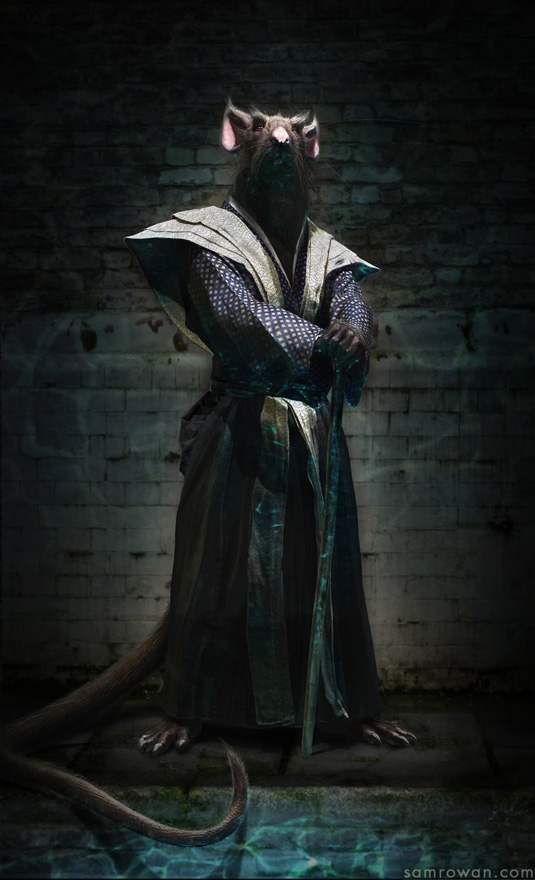
09. Make the most of the method
You can use one 3D model to produce multiple 'shots' which can be painted up to tell a story, just like in a film.
10. Set the scene
Placing your character in an environment with mood and lighting can help sell your design. This plays straight into art directors' imaginations, feed it to them and make it easy for them to see your design working within their film.
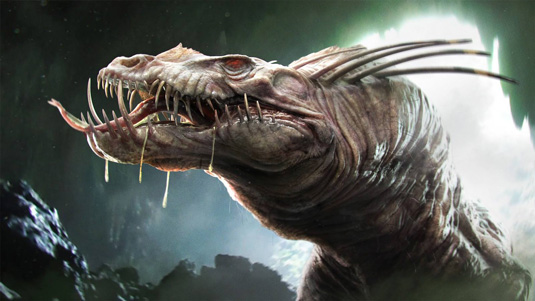
11. Colour
If time permits, colour can help your design to stand out more than greyscale sketches. Humans are naturally drawn to colour, so if your design is sat next to a handful of black and white illustrations – you know who's will grab their attention first!
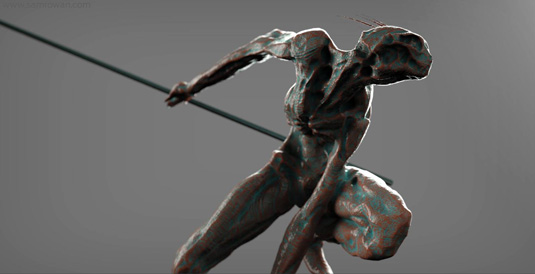
Like this? Read these...
- Why you must make time for personal projects
- 5 Reasons artists can't live without Pinterest
- How to become an artist without the help of traditional art school

Thank you for reading 5 articles this month* Join now for unlimited access
Enjoy your first month for just £1 / $1 / €1
*Read 5 free articles per month without a subscription

Join now for unlimited access
Try first month for just £1 / $1 / €1
Get the Creative Bloq Newsletter
Daily design news, reviews, how-tos and more, as picked by the editors.
